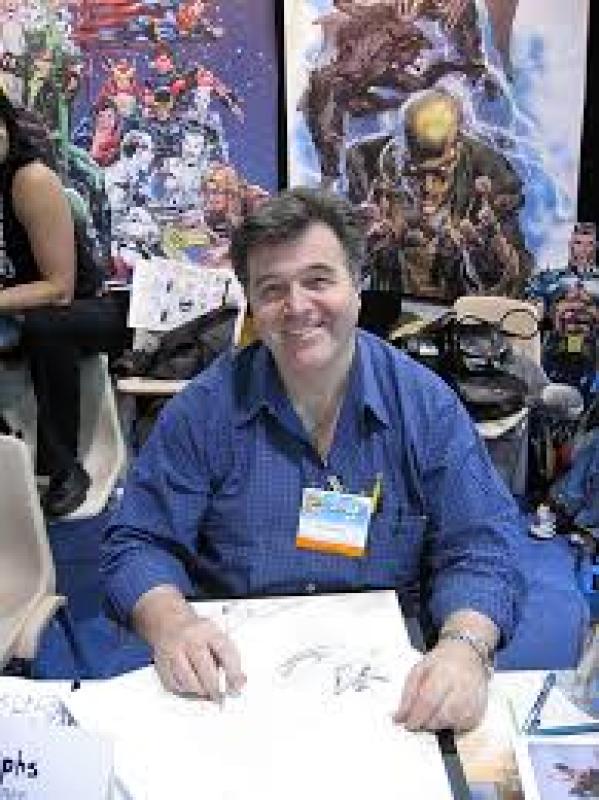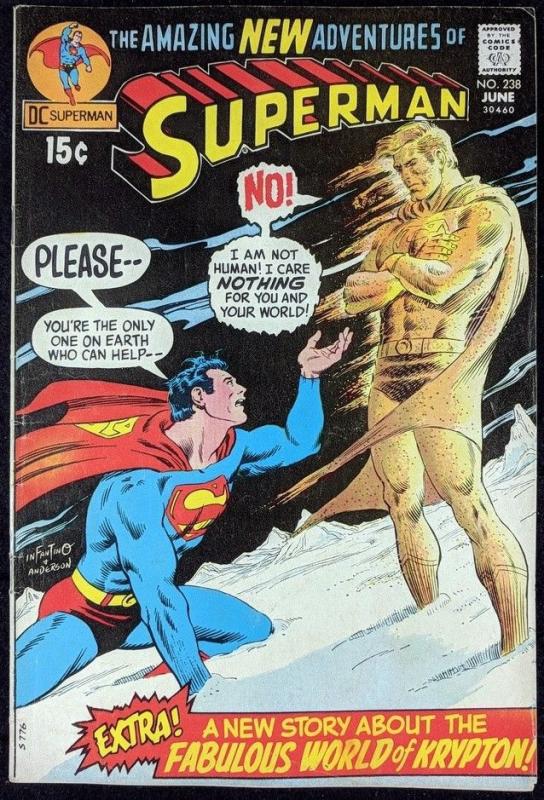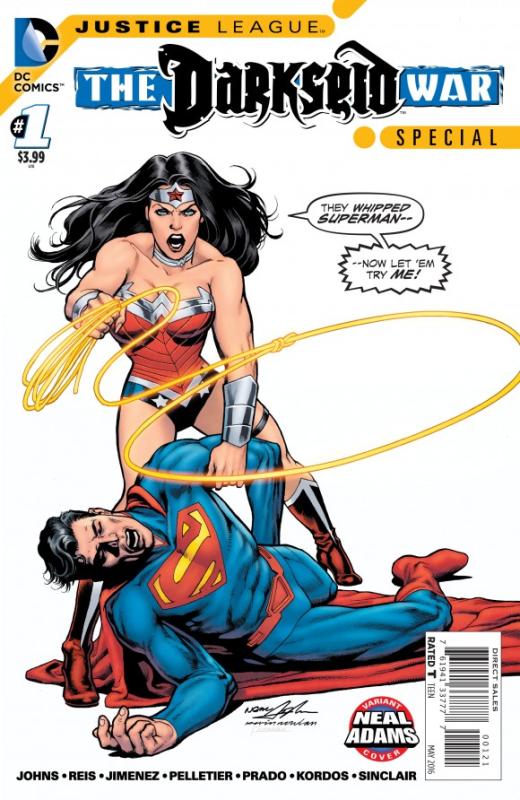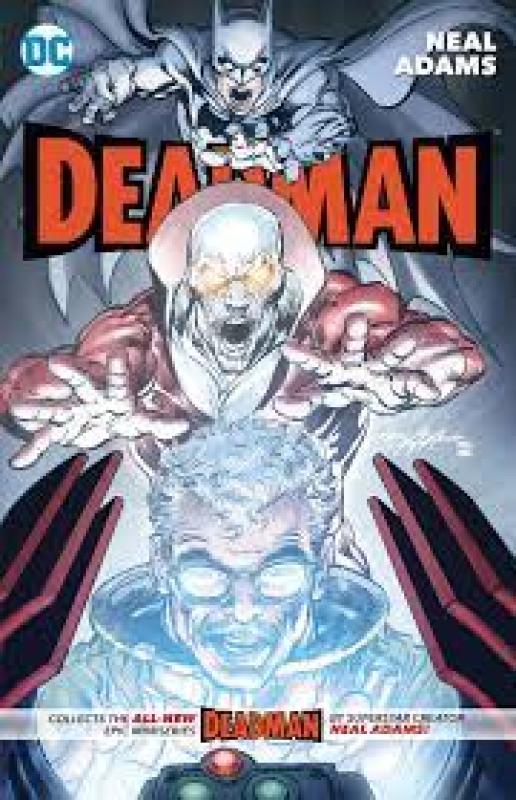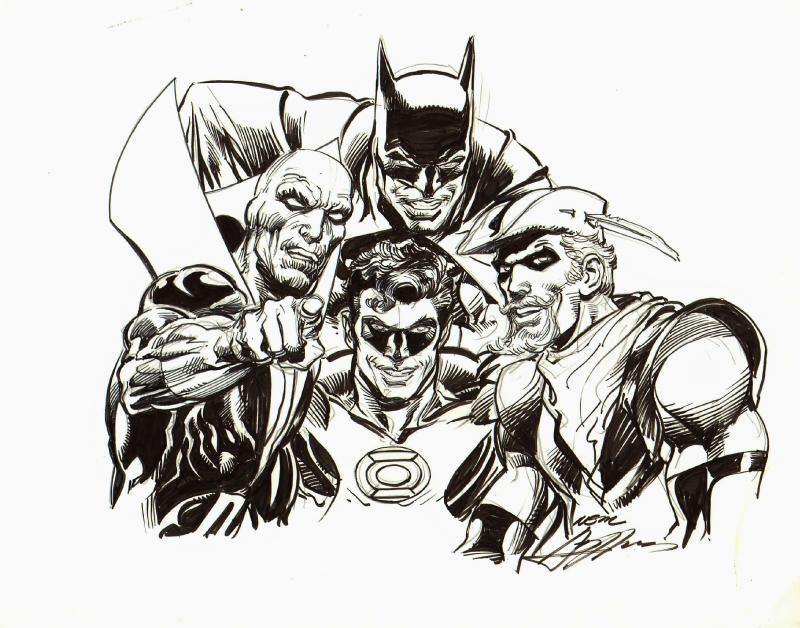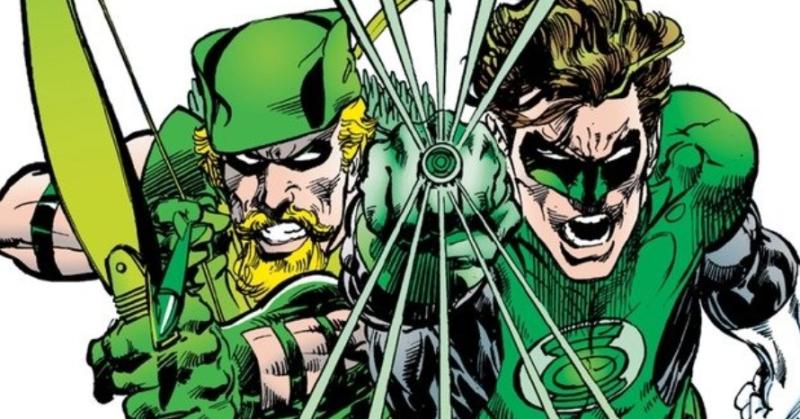30/04/2022 Neal Adams June 15, 1941 – April 28, 2022
Neal Adams was a comic book artist who could not only draw well but could also think creatively. He and writer Dennis O’Neil took Batman from it’s Alice in Wonderland world where the Dynamic Duo were liable to be confronted with giant sized domestic utensils created by a fun-loving Joker, into the gritty ‘real world’ crime fighter that gave rise to The Dark Knight of Frank Miller and grim lunacy The Joker in Alan Moore and Brian Boland’s The Killing Joke. Though perhaps best known for his revitalising Batmen Neal and Dennis also changed the nature of Green Lantern and Green Arrow by raising issues of drug use and racism, introducing Jon Stewart, one of the first black heroes.
Born in New York City Adams attended the School of Industrial Art in Manhattan. In the late ’50s, he did humour gags for Archie Comics. and worked in commercial advertising, He worked for several years in the ’60s on a daily comic strip featuring Ben Casey
Adams gained attention in the late 1960s and early ’70s first at DC with a character named Deadman in the title Strange Adventures, then at Marvel with X-Men and The Avengers. He created new villains -m the Man-Bat and Ra’s al Ghul as well as the latter’s daughter, Talia. Deadman earned him an Alley Award for “for the new perspective and dynamic vibrance” he brought to the medium.
In the mid-’70s Adams launched Continuity Studios, an artists studio that produced comics, commercial art and storyboards The comics division created indie characters such as Bucky O’Hare and Ms. Mystic.
With ,rafeal Medoff and Craig Yoe, Neal Adams bought together the book we Spoke out. a collection of reprints of anti-nazi comic book stories originally publisher during the second world war. More on that at We Spoke Out | Arthur Ranson
Adams was a maker and a shaker
Adams worked to promote better working conditions and improve creators’ rights to their work. I saw him when he was in London in the 70’s where he gave a talk to The Society Strip Illustration on what he considered should be the rights of creators. A talk which had a number of us wondering if we were not being too compliant to the industries working methods and did eventually lead to marked improvements in return of artwork, royalties and acknowledgment and compensation when the characters that they had created were further used.Neal Adams responsible then for a fresh take on Superheroes as well as a new treatment for their creators
All copyrights acknowledged

